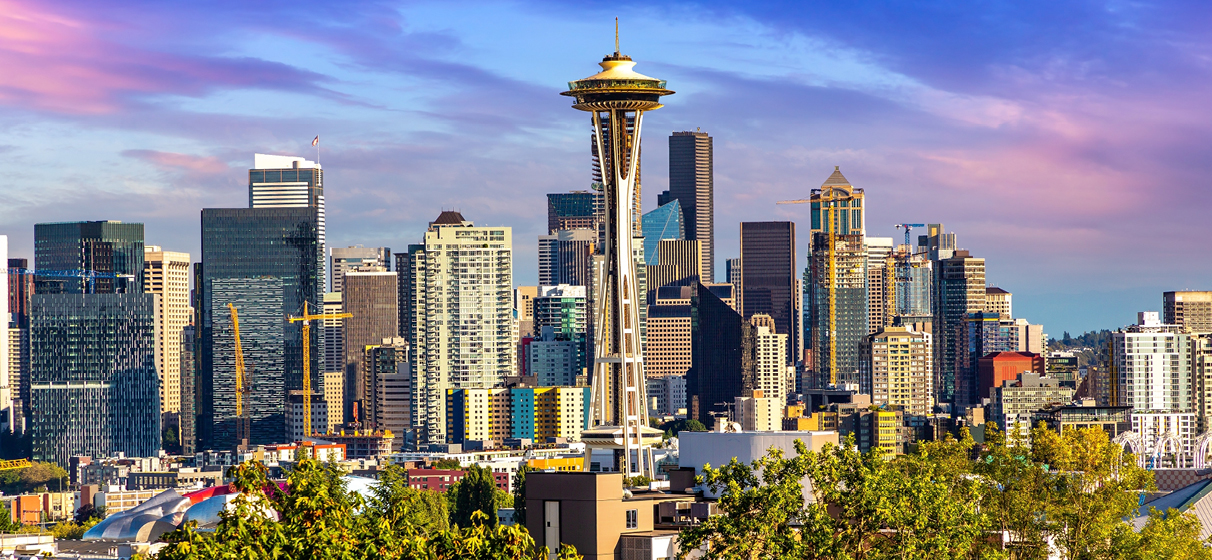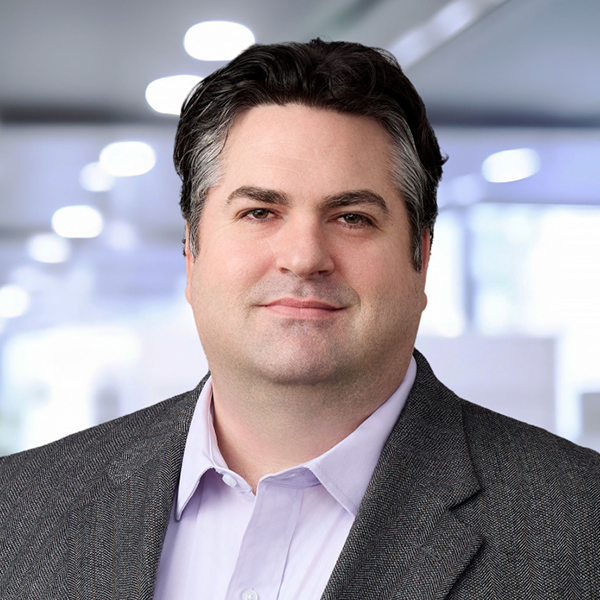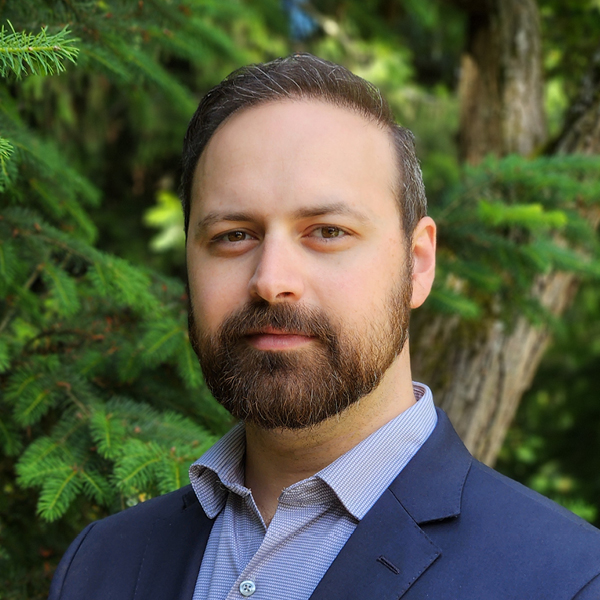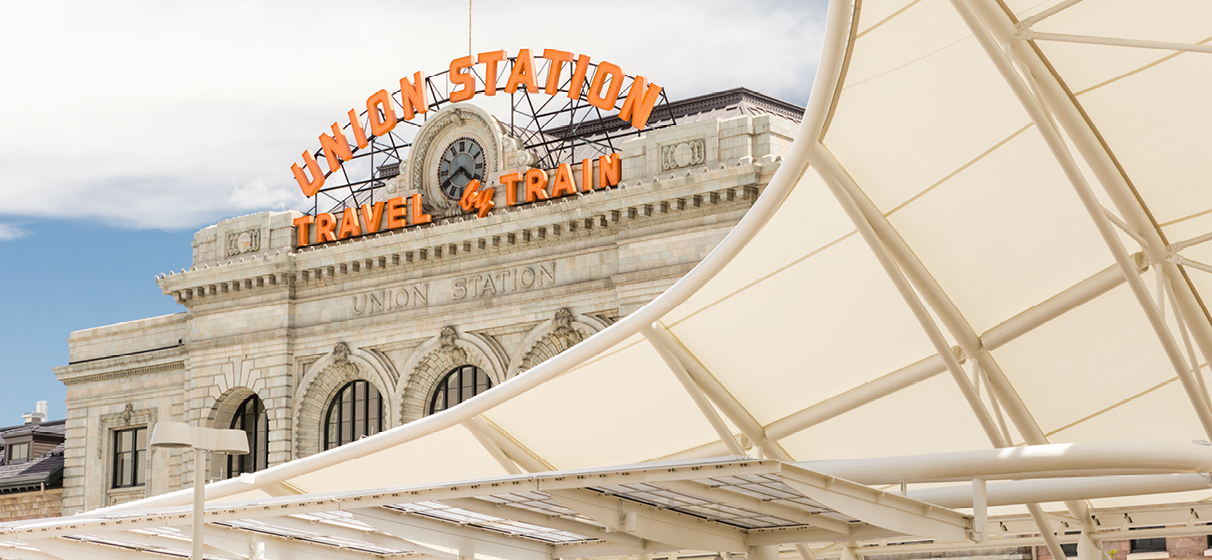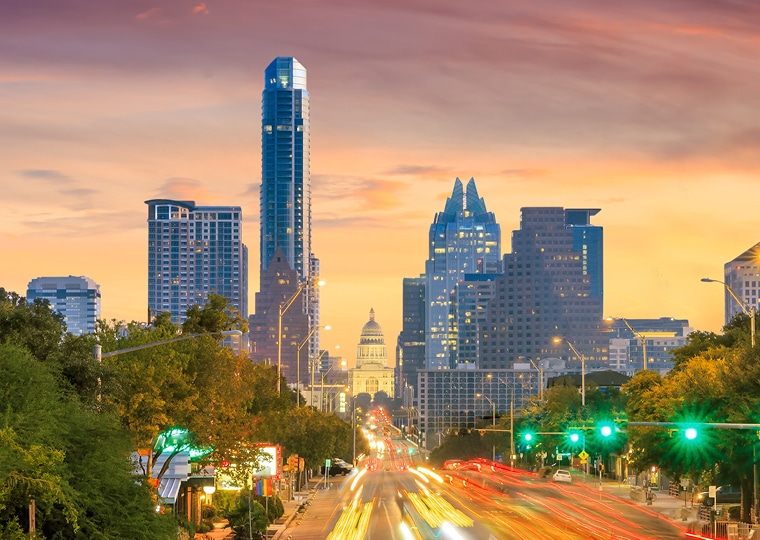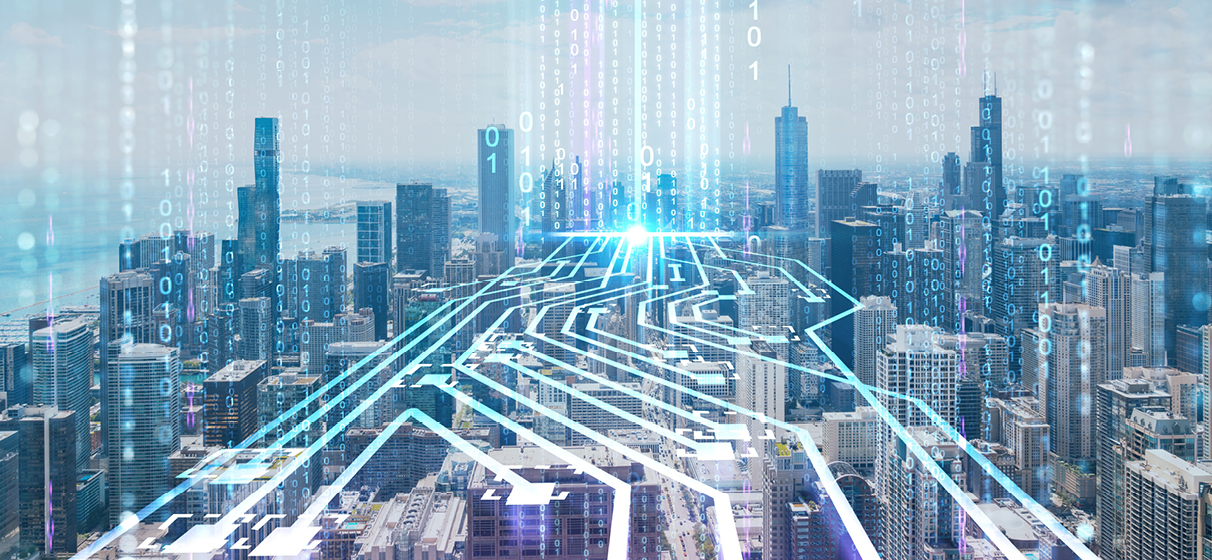Unsurprisingly, the West continues to set the standard in the U.S. for rethinking infrastructure through a sustainable, future-focused approach. This innovation was on full display at the 3rd Pacific Northwest Summit held by Infraday in Seattle.
Infrastructure leaders from throughout the region emphasized the ambitious infrastructure projects that are cementing the Pacific Northwest as a national leader in transit solutions, from Sound Transit’s light rail transit (LRT) expansion to Washington Department of Transportation’s (WSDOT) Transportation Systems Management and Operations (TSMO) program, both of which have far-reaching impacts on the entire state.
Sound Transit’s light rail projects took center stage at the conference. As one of the most ambitious public transportation system expansions in the United States, Sound Transit is reshaping the Puget Sound region with greater accessibility and efficient transit options for commuters and travelers alike. Within the past year, Sound Transit celebrated three Link LRT openings, including the 2 Line/East Link Extension in April 2024 and the 1 Line/Lynnwood Link Extension in August 2024—with more openings set for 2025 and beyond.
Public transit systems like Sound Transit’s are expanding across the U.S., aimed at enhancing connectivity and accessibility. Additionally, many agencies and municipalities are looking to emerging mobility options, including micro-mobility, Mobility-as-a-Service (MaaS) platforms and electric vehicles, to reshape their urban landscapes and resolve the first and last-mile dilemma.
One panel featured planners and data specialists from Sound Transit, the City of Seattle and the City of Tacoma, emphasizing the integration of emerging mobility options in public transportation.
Many commuters use cars, bikes, rideshares like Ubers or Lyfts, and autonomous vehicles to get to their train stations or bus stops. Rather than seeing these as separate transportation experiences, at STV, we see how the multimodal network – one that is seamlessly integrated with mobility tech – is part of the solution alongside public transit to make the passenger experience more accessible, flexible and user-friendly.
One key example of this type of public and private partnership is the Bike & Scoot to Transit initiative, a pilot program spearheaded by Sound Transit, Seattle Department of Transportation, King County Metro, Lime and other private companies. Riders earned transit awards on a mobile transit app by parking their rented Lime bikes and scooters at key transit hubs, earning transfer credits and free mobile transit tickets.
Integrating mobility options makes it even easier – and more desirable – to choose public transit over your car, particularly as new LRT and rail stations continue to open throughout neighborhoods in Puget Sound.
It is also an environmentally sustainable choice. Transportation remains the main contributor to greenhouse gas emissions in Seattle. Sound Transit’s East Link and Lynnwood Link Extensions now provide commuters with alternatives to driving along heavily congested interstates. With fewer cars on the road and eventually more zero-emissions vehicles replacing diesel ones, Seattle’s transit network has the potential to reduce greenhouse gas emissions. The public sector can lead the charge by taking advantage of the emerging technology coming out of the private sector, as we transform our communities into livable, sustainable and smart cities.
Our STV attendees at Infraday’s Pacific Northwest summit noticed a parallel environmental thread at other sessions that emphasized the impact on Washington’s transportation infrastructure by environmental programs restoring fish habitats, removing dams and developing green stormwater solutions through a public-private partnership. Much like the mobility solutions we discussed in the urban transformation panel, there is a clear interconnectedness between the innovations happening in one infrastructure sector upon another. As Seattle and Washington state continue to innovate, its integrated approach offers valuable lessons for other regions aiming to build resilient and efficient infrastructure systems.
